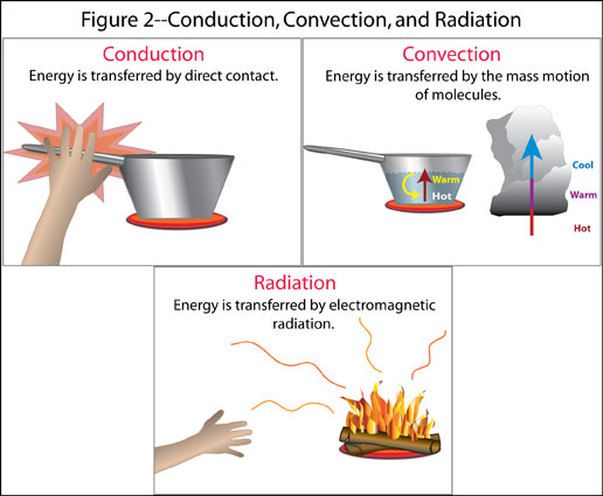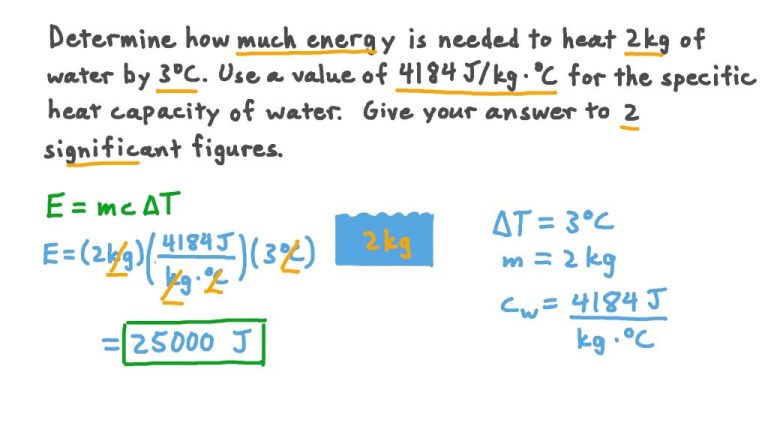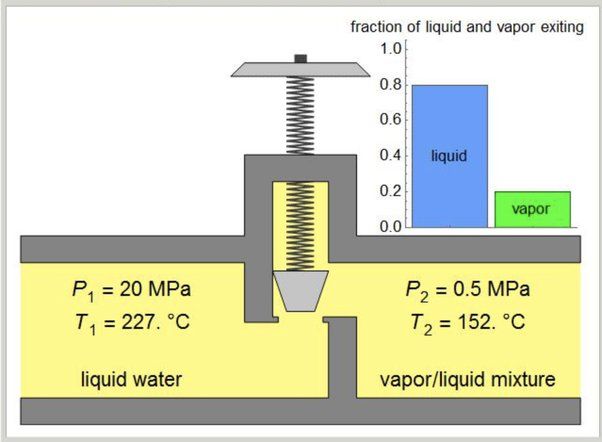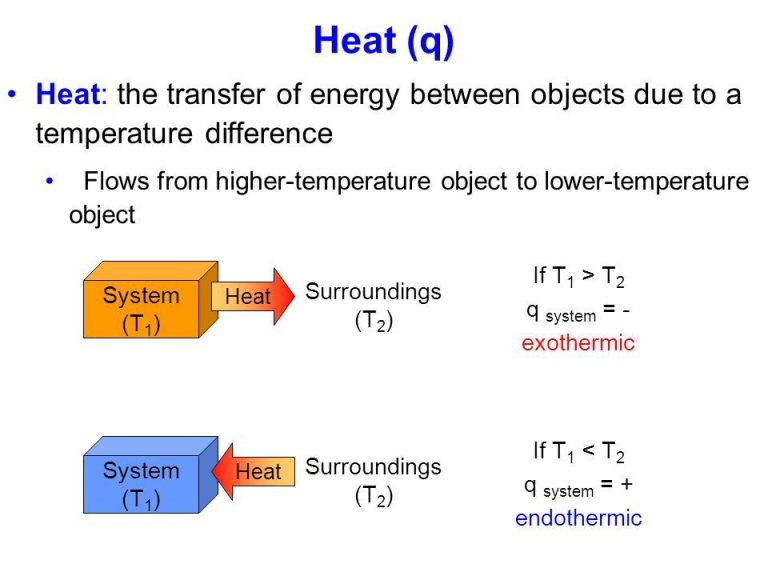Which Of The Following Is Not Considered To Be A Source Of Renewable?
Introducing Renewable Energy
Renewable energy comes from natural sources that are constantly replenished. Some examples of renewable energy sources are sunlight, wind, water, and geothermal heat. Unlike fossil fuels, which are finite, renewable energy sources will never run out. Renewable energy is becoming increasingly important as concerns grow over the environmental impacts of burning fossil fuels like coal, oil, and natural gas. Generating electricity from renewable sources rather than fossil fuels offers significant public health and environmental benefits.
There are several main types of renewable energy sources. Solar power harnesses energy from the sun using photovoltaic cells. Wind turbines convert the kinetic energy of wind into mechanical power. Hydropower utilizes the movement of water, such as in dams, to generate electricity. Biomass involves burning organic matter such as wood and agricultural waste to produce energy. Geothermal taps into the natural heat under the earth’s surface for power generation. There are also newer technologies like harnessing the tides and waves to generate electricity.
Transitioning from fossil fuels to renewable energy is crucial for building a sustainable future. Renewable energy helps mitigate global warming and reduces pollution. It also decreases dependence on imported fuels and improves energy security. The technology is becoming more advanced and cost-effective each year. While fossil fuels are limited, renewable energy can supply our needs far into the future.
Solar Power
Solar power harnesses the sun’s energy and converts it into electricity. There are two main technologies for generating solar power:
Solar Photovoltaics (PV)
Solar PV cells convert sunlight directly into electricity using semiconducting materials. PV cells are commonly made from silicon and arranged into solar panels. When sunlight hits the PV cells, the absorbed photons knock electrons loose, allowing current to flow. The greater the light exposure, the more electricity is produced.
Solar Thermal
Solar thermal systems use mirrors or lenses to concentrate sunlight, heating up a transfer fluid that creates steam to spin a turbine and generator. This is similar to how fossil fuel power plants work, except sunlight provides the heat instead of coal or natural gas. Concentrated solar power (CSP) plants allow energy storage by heating up molten salt tanks.
Current Usage and Capacity
Solar accounted for about 3% of total U.S. electricity generation in 2020. However, solar capacity is expanding rapidly as costs have declined dramatically in the past decade. The U.S. currently has over 100 gigawatts of installed solar capacity, with much of the growth in large utility-scale projects as well as distributed rooftop solar. With advancement in storage technologies, solar’s contribution is expected to continue growing.
Wind Power
Wind power harnesses the wind to generate electricity through the use of wind turbines. Wind turbines convert the kinetic energy in wind into mechanical power which is then converted into electricity. Wind farms consist of many wind turbines in the same location and are either onshore or offshore.
Onshore wind farms are located on land, often in rural or agricultural areas. Offshore wind farms are located in bodies of water, usually oceans or lakes. Offshore wind farms have higher wind speeds compared to onshore, allowing them to generate more electricity. However, the construction and maintenance costs of offshore wind farms are higher than onshore ones.
Wind power capacity worldwide has expanded rapidly in recent years. Global installed wind power capacity reached 743 GW in 2020, led by China, the United States, and Germany. Wind power accounted for 8% of total worldwide electricity generation in 2019. Offshore wind capacity is also growing quickly, predominantly in Europe. Further growth in wind power capacity is expected as more countries work to expand renewable energy and reduce carbon emissions.
Hydropower
Hydropower harnesses the energy of flowing water to generate electricity. There are several types of hydropower facilities:
- Dams and reservoirs – These facilities use a dam to store river water in a reservoir. The water in the reservoir has potential energy from being held back, which is converted to electricity as it is released through turbines in the dam.
- Run-of-river – These facilities channel a portion of a river through a canal or penstock to spin turbines. They do not require dams or reservoirs.
- Pumped storage – Excess electricity can be used to pump water uphill into a reservoir. When electricity demand is high, the stored water can be released downhill through turbines.
Hydropower accounts for around 16% of worldwide electricity generation and over 80% of all renewable electricity. China, Brazil, and the United States are the top producers of hydroelectricity globally. However, growth in hydropower capacity has slowed in recent decades due to concerns over environmental impacts on rivers and watersheds.
Biomass
Biomass refers to organic material from plants and animals. There are a few main ways biomass can be used as an energy source:
Biofuels – Biofuels like ethanol and biodiesel are made from crops like corn and sugarcane. These can replace gasoline and diesel in vehicles.
Biogas – Biomass can be converted into a gas fuel called biogas through anaerobic digestion. This involves the decomposition of organic matter by microorganisms in an oxygen-free environment like a sealed tank. The biogas produced can be used for heating, electricity generation and transportation.
Current usage and capacity – Biomass currently accounts for about 5% of energy consumption in the U.S. It’s estimated that biomass could provide around 30% of the world’s energy needs in 2050. However, large scale use of biomass for energy has raised some sustainability concerns, like deforestation and intensive farming techniques. More research is needed to fully utilize biomass as a renewable resource in a sustainable manner.
Geothermal
Geothermal energy is generated by harnessing heat from underneath the earth’s surface. The heat comes from hot reservoirs of molten rock called magma that sits below the earth’s crust. Water or steam can be tapped from underground to power geothermal power plants. There are three types of geothermal power plants:
Direct steam plants that use steam from a reservoir under high pressure. Flash steam plants that pull hot water into lower pressure tanks and use the resulting steam. Binary cycle plants that pass hydrothermal fluid through a heat exchanger to power a secondary “working” fluid that vaporizes to power a turbine.
The United States generates the most geothermal power in the world, with about 3.8 gigawatts of installed capacity. Significant geothermal resources are located in western states like California, Nevada, Utah, Idaho, and Oregon. Countries with high volcanic activity like Iceland, New Zealand, and Indonesia also utilize geothermal energy. Globally, about 14 gigawatts of installed geothermal capacity provides 0.3% of total electricity generation.
Ocean Energy
The ocean contains a tremendous amount of kinetic energy that can be harnessed and converted into electricity. The three main types of ocean energy are:
Tidal power
Tidal power utilizes the rise and fall of ocean tides to generate electricity through tidal “barrages” or “lagoons”. Tidal barrages make use of the potential energy created from the difference in height between high and low tides. Tidal lagoons are created by first constructing a circular retaining wall in a coastal area, then allowing the area to fill up with water from the rising high tide. The water is then released and passed through hydraulic turbines to generate electricity.
Wave power
Wave power devices capture energy from the surface motion of ocean waves. Technologies under development include: point absorber buoys that use wave motion to drive an internal piston; attenuators that capture wave energy along their length; and oscillating water columns that use wave energy to compress air to drive a turbine.
OTEC
Ocean Thermal Energy Conversion (OTEC) uses the temperature difference between warm surface seawater and cold deep seawater to run a heat engine and produce electricity. OTEC requires a temperature difference of at least 20°C to operate efficiently.
Ocean energy currently provides only about 0.015% of the world’s electricity production. However, the technical potential is estimated at 7,400 TWh per year, meaning ocean energy could theoretically provide almost 20% of global demand. The major barriers are the high costs and technical challenges of generating energy in the harsh ocean environment.
Hydrogen
Hydrogen is sometimes considered a renewable energy source, as it can be produced through the electrolysis of water using electricity from renewable sources like solar or wind power. However, hydrogen itself is not a primary energy source like solar, wind, or hydropower. Hydrogen is an energy carrier that is produced using another energy source.
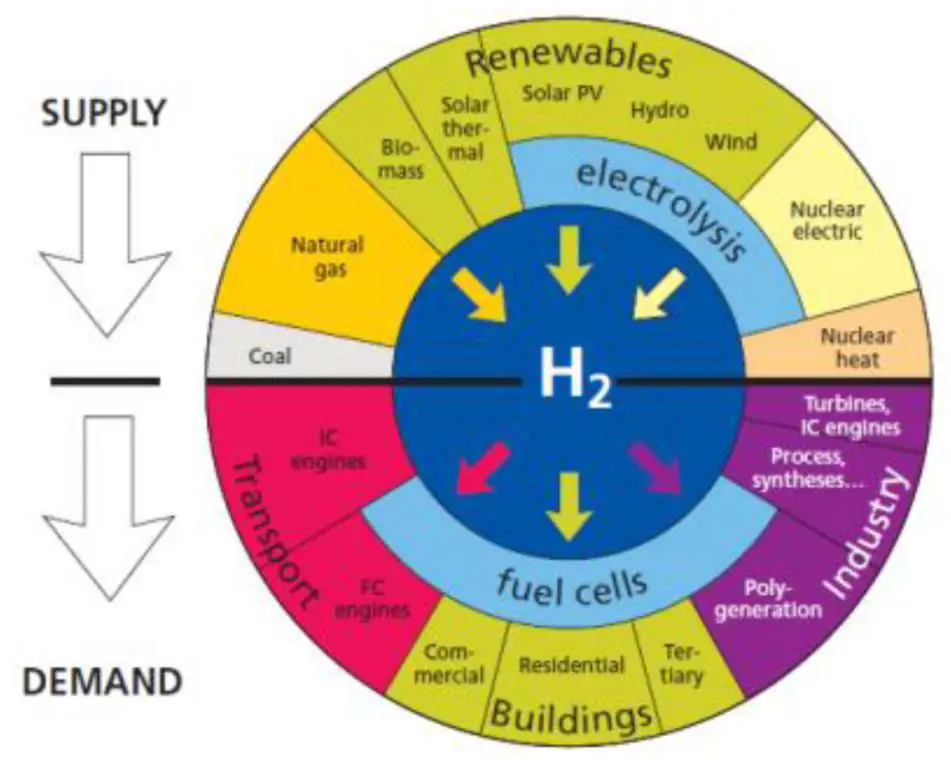
The main ways to produce hydrogen are:
- Electrolysis of water using electricity – running an electric current through water to split hydrogen and oxygen atoms. This hydrogen is considered renewable if the electricity is from renewable sources.
- Natural gas reforming – extracting hydrogen from natural gas. This produces carbon emissions so is not renewable.
- Coal gasification – extracting hydrogen from coal. Also not renewable.
Hydrogen fuel cells generate electricity by combining hydrogen with oxygen. The only byproducts are heat and water, so hydrogen fuel cells can provide clean energy for vehicles, buildings, and more. However, their use depends on having a supply of hydrogen from renewable sources.
Hydrogen currently provides less than 1% of global final energy demand. But there are ambitious plans to scale up hydrogen production from renewables to play a larger role in sectors like transportation, building heating, and energy storage.
Non-renewable Energy
Non-renewable energy sources come from natural resources that cannot be replenished or take an extremely long time to form naturally. The most common sources of non-renewable energy are fossil fuels like coal, oil, and natural gas. These energy sources were formed when plants and animals died and became buried underground millions of years ago. As time passed, heat and pressure turned their remains into fossil fuels that we extract and burn today.
Nuclear power is another major source of non-renewable energy. It is generated through nuclear fission, where atoms are split to release energy. While nuclear power plants don’t produce air pollution or carbon emissions, there are risks associated with radiation exposure and radioactive waste. Nuclear fuel sources like uranium are also finite and non-renewable.
The key difference between renewable and non-renewable energy is that renewable sources can be replenished naturally within a human lifespan. The sun, wind, and water cycles ensure that solar, wind, and hydro power are constantly renewed. Non-renewable sources take many lifetimes to form naturally, so for all practical purposes they cannot be replaced once depleted.
Conclusion
Renewable energy sources like solar, wind, hydropower, biomass, and geothermal provide clean and sustainable alternatives to fossil fuels. Renewables don’t produce air pollution or greenhouse gases, allowing us to generate electricity, heat our homes, and power our cars in more environmentally friendly ways.
Some key benefits of transitioning to renewables include improving public health by reducing pollution, creating jobs in the clean energy sector, diversifying energy supply to improve resilience, and mitigating climate change. Widespread adoption of renewables will help nations meet their emissions reduction targets under the Paris Agreement.
Looking ahead, renewables are poised for massive growth globally. Costs continue to fall rapidly, and renewable energy is now cost competitive with conventional power in many markets. Many countries aim to generate the majority of their electricity from renewables within the next couple decades. Continued technological advances, policy support, and public/private investment will accelerate the renewable energy transition.

